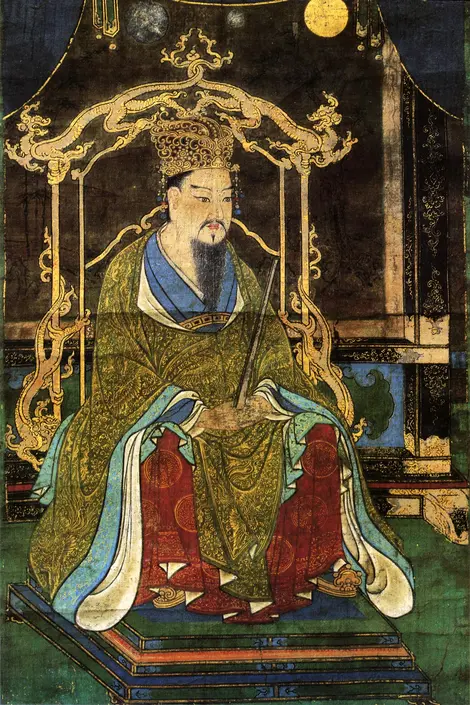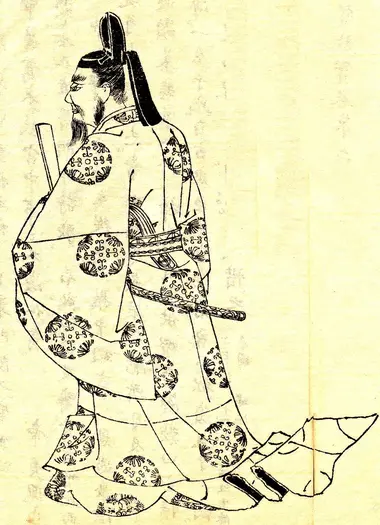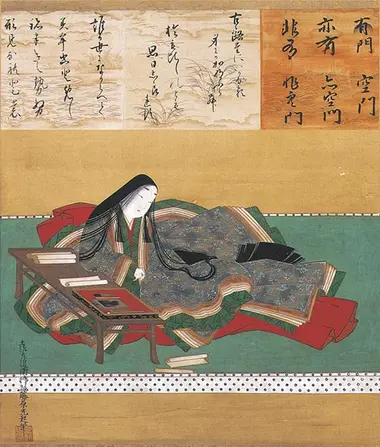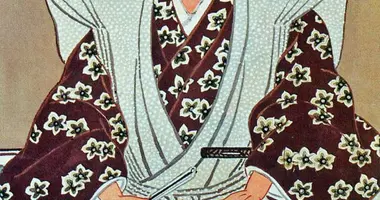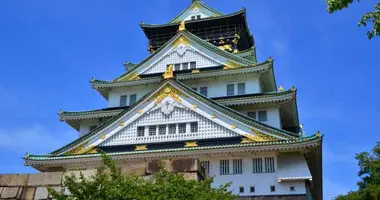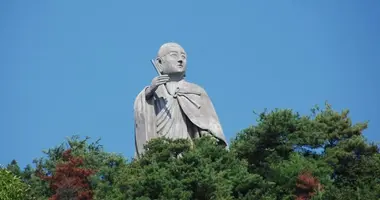The Heian period (794 - 1185): the golden age of classical Japanese culture
The Heian period, from 794 to 1185, is considered the golden age of classical Japanese culture. This period, marked by the political domination of the Fujiwara family and the development of a refined aesthetic at the imperial court, saw the emergence of a typically Japanese literature and art. During these four centuries, Japan enjoyed a long period of peace and stability, allowing art and culture to flourish. However, this period was also characterized by the gradual decline of imperial power in the face of the rise of the warrior class, which eventually took control of the country at the end of the period.
The founding of Heian-kyō and the organization of imperial power
The Heian era began in 794, when Emperor Kanmu decided to move the capital from Nara to Heian-kyō, present-day Kyoto. The move was motivated by the emperor's desire to distance himself from the growing influence of Nara's Buddhist monasteries. The new capital, whose name means "capital of peace and tranquility", was modeled on the Chinese capital Chang'an, with a checkerboard layout and wide avenues.
Imperial power was organized around a centralized administration inspired by the Chinese model. The emperor was assisted by a State Council and eight ministries, which managed the country's affairs. However, this administrative system gradually lost its effectiveness to a more aristocratic form of government.
The rise and fall of the Fujiwara family
From the 9th century onwards, the Fujiwara family began to assert themselves as the true holders of power at the imperial court.
Thanks to a skilful matrimonial strategy, the Fujiwara succeeded in placing their daughters as emperor's wives and in obtaining the positions of regents (sesshō) for minor emperors and grand chancellors (kampaku) for adult emperors.
The height of Fujiwara power came in the early 11th century, under Fujiwara no Michinaga (966-1027), who achieved complete control of the imperial court.
However, from the second half of the 11th century, Fujiwara power began to decline, particularly in the face of the rise of the retired emperors (insei) who sought to regain control of the government.
The rise of a refined aristocratic culture
The Heian period was marked by the development of a sophisticated aristocratic culture centered on the imperial court. Court nobles cultivated an elegant art of living, placing great importance on aesthetics in all aspects of their daily lives.
This culture manifested itself in palace architecture, such as the shinden-zukuri style, characterized by buildings linked by covered corridors and surrounded by carefully landscaped gardens. The decorative arts also flourished, with the development of techniques such as maki-e lacquer and yūzen fabrics.
Heian aristocrats attached great importance to etiquette and refined manners. Mastery of poetry, calligraphy and music was considered essential for any cultivated courtier.
The development of Japanese arts and literature
The Heian period saw the emergence of a distinctly Japanese literature, gradually freeing itself from Chinese influence. The invention of the kana character made it possible to write in Japanese, and encouraged the development of new literary genres.
Waka poetry enjoyed a golden age, notably with the compilation of Kokin wakashū, the first imperial anthology of Japanese poetry. Prose also developed, with the appearance of monogatari (narratives) and nikki (diaries). Murasaki Shikibu's Genji Monogatari, considered the first novel in world literature, is emblematic of this period.
In the visual arts, we witness the emergence of the yamato-e style, a typically Japanese style of painting distinguished from Chinese influence. This style is characterized by freer compositions, bright colors and themes drawn from Japanese literature and daily life.
The evolution of Buddhism and its influence on society
The Heian period was marked by the introduction and development of new Buddhist schools that had a profound influence on Japanese society. The two main schools to emerge were Tendai, founded by Saichō, and Shingon, introduced by Kūkai.
These esoteric schools emphasized complex ritual practices and sophisticated philosophy. They quickly gained favor with the aristocracy and acquired great political and economic influence. Mount Hiei, headquarters of the Tendai school, became a major religious center and even developed a military force with its soldier-monks (sōhei).
At the same time, there was a growing syncretism between Buddhism and Shintoism, Japan's indigenous religion. This fusion gave rise to original forms of worship and had a profound influence on Japanese spirituality.
The rise of the warrior class and the decline of central power
The Heian period saw a gradual rise in the power of the bushi ( warrior class ) in the provinces. These warriors, initially employed by the aristocracy to administer and protect their domains, gained in autonomy and influence.
Two warrior clans in particular came to the fore: the Taira and the Minamoto. Their growing rivalry led to the Genpei War (1180-1185), which marked the end of the Heian period and the beginning of military domination in Japan.
At the same time, central power weakened, unable to effectively control the provinces. The system of private estates (shōen) developed, escaping imperial authority and taxation. This development contributed to the erosion of court power and paved the way for the advent of the feudal system.
The legacy of the Heian period in Japanese culture
The Heian period left a lasting imprint on Japanese culture. The refined aesthetics developed during this period continue to influence Japanese arts to this day, whether in literature, the visual arts or architecture.
The literature of the Heian period, in particular the Genji Monogatari, remains an essential reference in Japanese culture and continues to inspire contemporary creators. Aesthetic concepts developed during this period, such as mono no aware (sensitivity to the impermanence of things), remain deeply rooted in Japanese sensibility.
In religious terms, the syncretism between Buddhism and Shintoism that emerged during the Heian period continues to characterize Japanese spirituality. Sites such as Mount Hiei remain important places of pilgrimage.
Finally, although the political system of the Heian period has come to an end, the ideal of a refined imperial court has continued to exert a fascination on the Japanese imagination, feeding a nostalgia for this "golden age" of classical culture.
The Heian era thus remains a key period for understanding the foundations of traditional Japanese culture. Its legacy continues to resonate in contemporary Japan, making the period an inexhaustible subject of study and interest for historians and lovers of Japanese culture alike. Ideal for a first approach to Japan, this trip will enable you to visit the archipelago's most emblematic sites.







